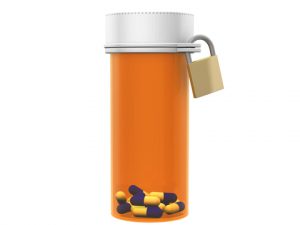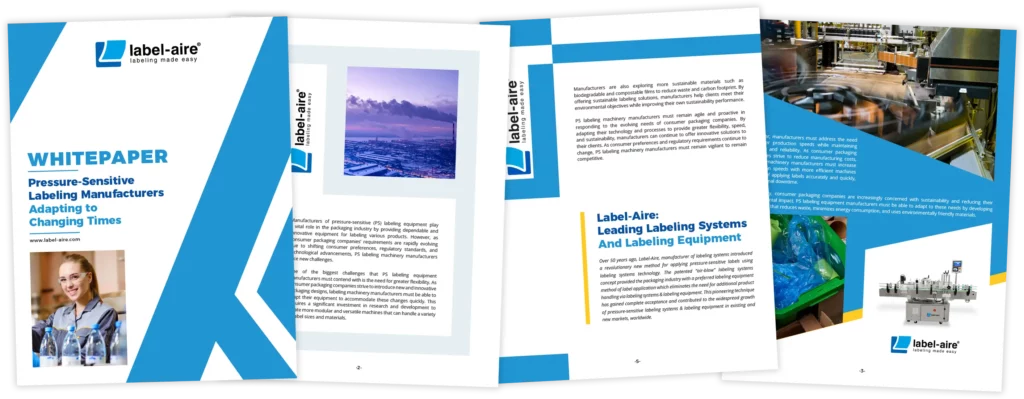Tamper-Evident Product Packaging Origins: What You Need To Know
In many products, but especially in products used for consumption and personal use, tamper-evident product packaging is present. Tamper-evident packaging has various applications for various products; consider the breakable plastic ring on plastic water bottles or milk jugs, individually sealed granola bars, or over-the-counter medication such as Aleve or Ibuprofen. Cardboard boxes, plastic wrappers and linings, stamps and seals; these are all variations of tamper-evident product packaging. Why is this type of packaging significant? It is an easy way for the consumer, who is the ultimate user of the item, if the product that they are about to purchase has been altered, used, or opened in any way. While the fact of this type of packaging doesn’t register to most consumers who simply don’t notice it, it is vital for companies to protect their products with tamper-evident packaging. Tamper-evident product packaging was created out of necessity after a terrifying incident involving Tylenol medicine bottles in Chicago, 1982.
Unbeknownst to the consumers, a malevolent individual intentionally laced Tylenol medicine capsules with a deadly poison known as cyanide. These Tylenol medicine bottles were distributed to retail stores around the Chicago suburbs. Within a week, more than six individuals – one victim, only a twelve year old girl – died from cyanide poisoning ingested from the Tylenol pill (Markel, Howard). Police quickly found the common denominator between the victims, causing the company, Johnson & Johnson to issue a full recall of all Tylenol products. While the company should be praised for making the morally correct and socially responsible choice, the incident still cost Johnson & Johnson over $100 million in sales and recalls, not including injured company reputation and lost market share (Markel, Howard).
Learning from this tragedy, the US Congress passed a law that made tampering with consumer products a federal offense (Markel, Howard). After the incident that claimed six innocent lives, Johnson & Johnson engineered new tamper-evident packaging on their products; this is the plastic or foil lining underneath the cap of the bottle. Before any of the capsules can be removed from the bottle, the plastic or foil lining must be removed or opened, allowing consumers who are purchasing the product off the shelves to see for themselves if the product has been altered, used, or opened. Tamper-evident packaging such as this example are still around today, and are present in various products of varying natures.
Companies have likely already learned the lesson that the 1982 incident taught Johnson & Johnson. Many products, especially products related to consumption and personal products, are now created and packaged using tamper-evident packaging. Doing so not only protects the company from possible liability, but also serves to protect the consumer from external tampering.
Bibliography
Markel, Howard. “How the Tylenol murders of 1982 changed the way we consume medication.” PBS. PBS, 29 Sept. 2014. Web. 09 Jan. 2017.

